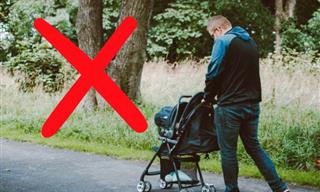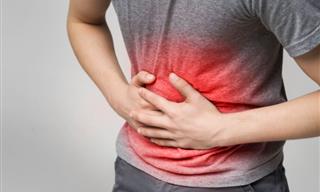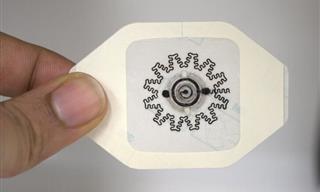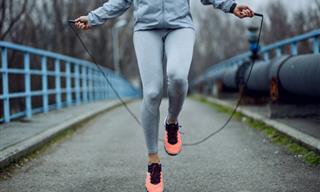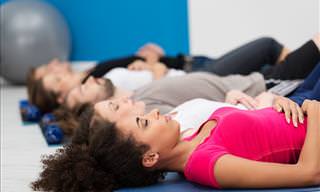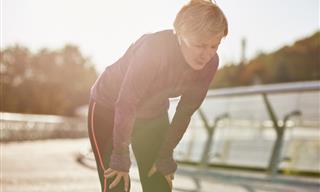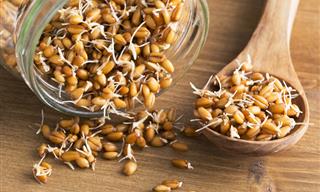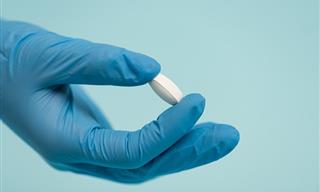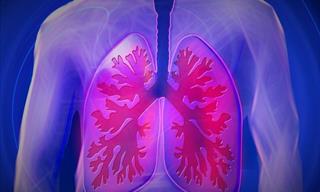A variety of respiratory conditions block your lungs with mucus and make breathing extremely strenuous. Hence, people suffering from both acute infections, such as the flu or pneumonia, and chronic lung conditions like bronchiectasis (a condition where the airways become widened and build up excess mucus), cystic fibrosis, and chronic obstructive pulmonary disease (COPD) can greatly benefit from physically draining the excess mucus from the lungs.
One practical technique that will help eliminate excess phlegm build-up that blocks narrowed air passages is postural drainage. Postural drainage is safe for people of all ages, and it can be done at home on your own or with assistance. Here’s how this technique works and how to practice it at home.
What is postural drainage?
Postural drainage uses gravity to drain excess mucus out of the airways of the lungs by manipulating the position of the body. This way, it helps treat a variety of respiratory problems - both acute and chronic. For instance, if you have the flu, you can use postural drainage to eliminate mucus out of your lungs and prevent more serious infections, such as pneumonia.
The technique belongs to a field of medicine called chest physiotherapy, or airway clearance therapy. The aim of postural drainage is to move mucus from the lung walls into the main airways, which makes it possible for you to cough it out.
If you have someone to help you with postural drainage, you can combine it with percussion - a technique that involves clapping on your chest and sides with a cupped hand, which will loosen the mucus from the lungs and make it easier for you to cough it out.
Related article: Cleansing Your Lungs Has Never Been Easier
General tips for postural drainage
Postural drainage can be done in many positions, so pick and choose the ones that you find most effective. Before we show you the specific techniques, here are a few general guidelines to keep in mind:
- A great time to do postural drainage is the morning. Mucus tends to build up overnight, and these drainage techniques will help you eliminate it.
- Try to do postural drainage at least 1-2 hours after a meal. If you do it immediately after a meal, you may feel nauseous or vomit.

- Hold each position for at least 5 minutes.
- Note that the chest should be lower than the hips, no matter the position. This will let gravity drain the excess mucus.
- You can use pillows, a chair, foam wedges, or lie on your stomach on an exercise ball. Make yourself as comfortable as possible.
- As you do the exercise, take long, full, deep breaths. Breathe in through the nose and exhale through the mouth while puffing your cheeks out.
- Once you’re done with postural drainage, take 3 forceful coughs. It’s okay if you continue coughing and mucus comes up.
Postural Drainage Techniques
Now onto the particular postural drainage techniques:
Lying down on your stomach
This first technique is most effective for clearing mucus from the lower area of the lungs. The gravity will draw out the phlegm from the bottom of the lungs towards the bronchi, unclogging the airways. This exercise can be done on the floor or on a bed - the choice is yours.
1. Start by arranging a stack of pillows, a beanbag, or an exercise ball in front of you.
2. Lie down on your stomach, with your body draped over the pillows.
3. Stretch out the arms over your head and keep your chest lower than the hips.
4. Extend your legs backward for support. Rest your head on the pillow.
5. Take deep, full breaths, pursing your lips and blowing the air out as you exhale.
6. For maximum efficiency, hold this position for 5 minutes.
Watch this video that showcases several positions in combination with a percussion technique.
Lying on the side
This second technique involves lying on your side instead of the stomach. Therefore, you’ll need to do it on both sides to clear out both lungs. When your lungs are tilted, gravity will move the phlegm out. This technique can be practiced in bed right before sleep and is particularly helpful if lung congestion prevents you from sleeping well at night.
1. To begin, place a few pillows to your side - they should be under your hips. Remember that the hips should be higher than your chest, so adjust the number of pillows accordingly.
2. To empty your right lung, lie on the left side.
3. Place your left arm around the waist and keep the right arm beside your head.
4. Keep this posture for 3-5 minutes. Then switch and repeat the same steps on the other side.
Lying on the back
You can also drain excess phlegm by lying on your back, which may be more comfortable for many people. Note that this position is most effective for draining the lower front parts of the lungs.
1. Lie down on a bed on your back.
2. Prop up your hips with pillows or blankets - about 18-20 inches thick. Your hips should be well above the chest.
3. Raise your arms overhead, and rest, breathing deeply for 5 minutes.
Sitting in a chair
This seated version of posture drainage aids in clearing the lower segments of the lungs. Like every position listed here, it can be aided with chest percussion, and the video below will show you how to do it yourself.
1. Sit in a chair and place several pillows in front of you. The ideal angle is around 30 degrees.
2. Extend your legs at your sides.
3. Hold this posture for 5 minutes. Inhale and exhale deeply.
Are there any risks of postural drainage?
Although postural drainage is considered very safe, it’s best to ask your treating physician if it’s right for you before you begin. There are some contraindications for this procedure, such as broken ribs or a medical history of blood clots.
Last but not least, keep in mind that excess mucus in the lungs can be a sign of a serious respiratory condition. So, if you’ve been coughing and experiencing excess mucus in the lungs, and over-the-counter medications and postural drainage don’t help, see your doctor.
H/T: Healthline, Xopt1.com, Medical News Today
 Go to BabaMail
Go to BabaMail





